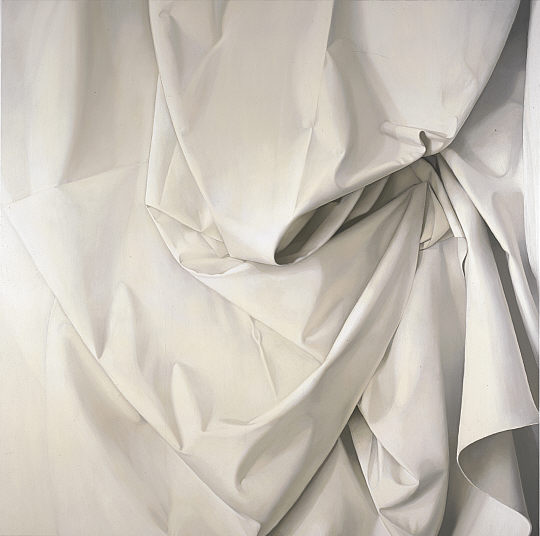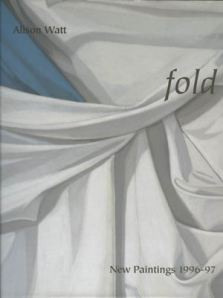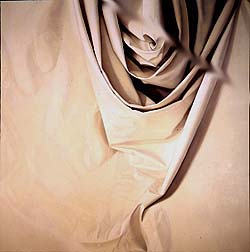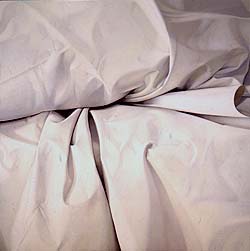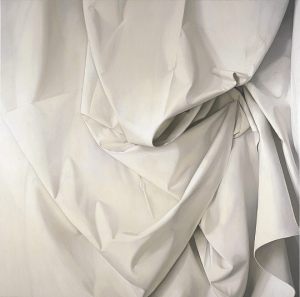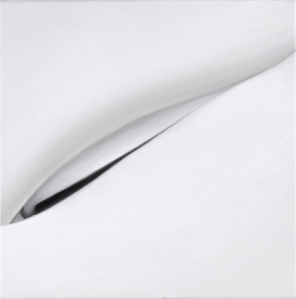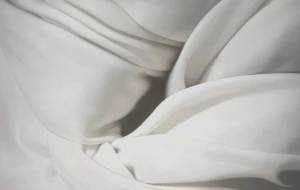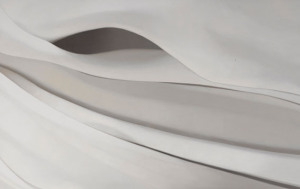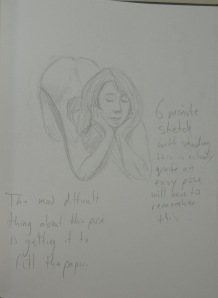The first drawing I did for this exercise was a portrait of my daughter. I felt guilty that I have used my girlfriend as a muse for most of the figure drawing exercises in this course and so I decided to make it up for it with a tonal portrait of my oldest daughter.
For this portrait in pastel I used mostly diagonal single hatching on a dark blue Ingres paper. I am really happy with the finished drawing but I seem to be having the same problem with positioning as I didn’t draw an outline first I just went straight into building up the picture with hatching starting at the cheek.

Ideally I should have done the next drawing in pencil, maybe on a thick watercolour paper but I decided to go with charcoal on a large sheet of paper. The proportions are good but other than that the drawing is quite sloppy.

I did the next drawing in pastel on a beige Ingres paper using the colour of the paper as a neutral tone for the chair and the upper body. The drawing looks slightly out of proportion and indeed it is, but only slightly I was drawing with the board on the easel, I spent most of the time drawing while holding the easel tilted towards me to try and avoid this.

This is a photograph that I took with my phone of the drawing on the easel tilted back while I was working on it. You can see the difference in proportions.

The next drawing was also a quick one but this time from life in Conte Pencil and White Pastel on eggshell (I think).The outlines are probably too strong tho and it may have been better to build up the background and so I continued to draw until I had a drawing I was satisfied with.

This time I chose pastel pencil for my medium and beige Ingres paper and working from a photograph I drew with flowing hatching that followed the contours of the body building up the tones with about 8 different colours. The results were great but again the positioning was still not so great and so I decided to improve on this by starting a new drawing, something that I can send of for formal assessment.

Working mostly from the last drawing until I got to the face that is I did my best to position the figure on the A3 paper so I could fill as much as the paper up as possible, it was definitely an improvement. The proportions of her breasts and bum in the last drawing were probably more realistic though as I went with the flow in this last drawing. The face is a lot better but I was warned by my girlfriend not to mess about with it and to leave it as it was and so I did.

A Fresh Try at Tonal Studies
Unhappy with most of the tonal drawings above and buy know getting slightly bored of using pastel on Ingres or charcoal I decided to have another go at the exercise and began researching other possible techniques and mediums.
Firstly I looked at lifting off charcoal rather than drawing with it and after completing the drawing below I decided that this technique was suitable to drawings of parts of the body rather than the whole figure.

I then did a quick tonal study from a photograph in 6B pencil, this was great for hatching and I was able to build up the form really well but it I still wasn’t satisfied knowing that I could find abetter medium for these tonal studies.

Researching the Old Masters
I remembered the studies in red chalk by the old Masters and so I decided to take a closer look at some of these drawings. I looked at drawings of several old masters including Bernardino Gatti, Raphael, Leonardo da Vinci and Michelangelo focusing on studies of the figure rather than portraits.
In several of the studies the artists seem to show light with white chalk and show shadow with darker chalk but it was quite clear to me that it was possible to depict light and shade by layering the one colour. However, because I already decided to do the next set of tonal studies on A3 drawing paper so I could draw on my lap I decided that red chalk wouldn’t be precise enough on A3 but a Sanuine Conte pencil would be an excellent substitute.









I decided to commit myself to one drawing an evening for five evenings spending at least an hour on each tonal study. The fully nude poses in my quick drawing studies helped me to get the proportions better than the semi naked poses above and so I went with very similar poses for the next group of drawings.
For the first of these drawings was probably the most difficult of the poses and took the longest time to draw. I used a black conte pencil for the darker tones, this was probably out of insecurity than anything else, so to was the drawing of the bed between the legs not believing that I had got the shape of the legs right.

The next drawing was better, this time I stuck to Sanguine and more precise hatching, the light source came from above and there was a lack of shadows but the pose worked well and until this point this was my best study so far.

For the next pose was easier as I didn’t have to draw the details in the face. The proportions of the head look slightly out but this is due to the hair, the back of her head is actually flat like alot of Chinese and South east Asians. I liked not having to draw the full feet but getting the soles of her feet and toes right was still difficult.

For some of the quick poses she was sat in the chair and I actually drew the chair, for the next drawing I left the chair out and glad I did. This study took almost as long as the first in this series to complete but drawing the shape was the easiest, most of the time was spent building up the layers of colour. This pose worked best for me and once I had drawn the outline I knew spending time on it would be rewarding, this became my favourite drawing to date, it actually reminds me of some of the red chalk drawings of the old masters.

For the final drawing I chose a standing pose from the back with a V shape between the arms I drew something similar in the quick poses exercise and I knew that by choosing this pose I would get do depict muscle tone which is one of the most appealing features of the red chalk drawings by the old masters. The foreshortening of the feet made this a difficult pose though and I had to redraw the legs due to not getting the proportions right the first time.

I really enjoyed working on the last five studies in Conte, this can’t be said for the first set of drawings in this exercise which I believe now were ruined due to rushing myself trying to get this 5th and final part of the course done quicker for an earlier assessment.
It was really worthwhile to come back and have another go at this exercise with a clear mind, a better choice of drawing materials and a better choice of poses.
More Tonal Studies – George Seurat

On advice from my tutor I looked at the works of George Seurat, I was familiar with his paintings but not his charcoal and Conte Crayon studies and so I browsed through Georges Seurat, 1859–1891 by Robert L. Herbert to take a closer look at some of his works and to give me some ideas on how I could approach this exercise differently.


I was amazed at how he had managed to capture tone and wish I had come across these works earlier. I picked a handful of drawings out that really appealed to me, these were the darker drawings and the reason for me doing this was that I wanted to use a white conte stick on black pad drawing by candlelight, I have been doing some paintings by candlelight and I felt that I could gain some influence from Seurat’s works.

Working in white conte stick the first drawing I did was very sloppy, however I did come back to this a bit later and add a bit of colour, it still wasn’t a tonal effect what I was hoping to achieve, the next two drawings were a lot better.
For the second drawing my girlfriend was i a seated pose facing away from the candle, with her face in shadow it was easy to capture the silhouette of her face, The third drawing was not so easy as I sat her facing towards the candle and with the light shining on her face on these small sheets of paper it was very difficult to capture her correct facial profile.


The fourth study was much heavier and darker, this time mostly in orange, red and brown pastel. Facing towards me it was easier to capture her facial features, they are not perfect but I am happy with the overall effect of using these colours, that were very close to each other on the spectrum on the black paper. I feel that if any of these studied look like they have been influenced by Seurat’s drawings then this is it.

Facing towards the candle, the 5th study was worked over and over again to get the proportions right, this compressed the layers of pastel which made the drawing looked aged and effect that I think looks really great but I didn’t manage to capture in the photo below.

I took a break from colour for the sixth tonal study to have another go at drawing her facial features in conte, I hadn’t managed to depict them in earlier sketches and so I drew a closer to her at an angle to get them right.
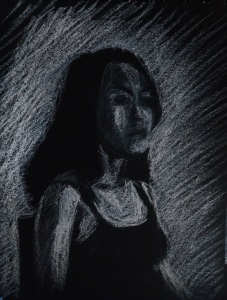
In the earlier studies with conte and pastel I had chosen to warm colours this was influenced by the orange-red tones of some of Seurat’s studies, for the final and probably most difficult drawing I chose cooler colours.


